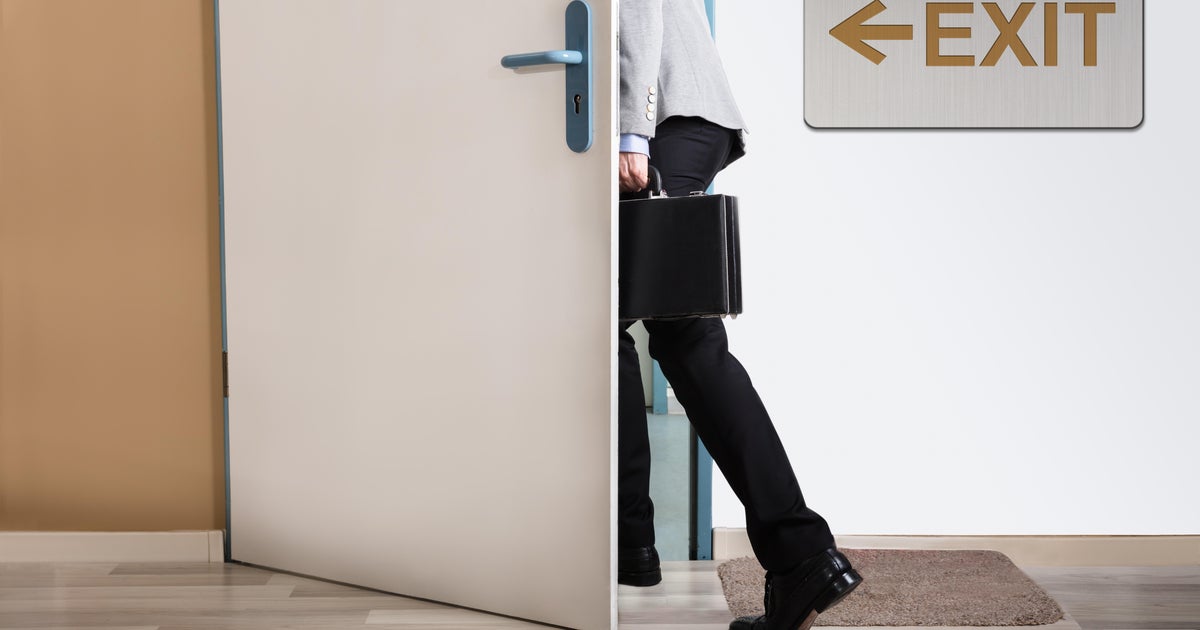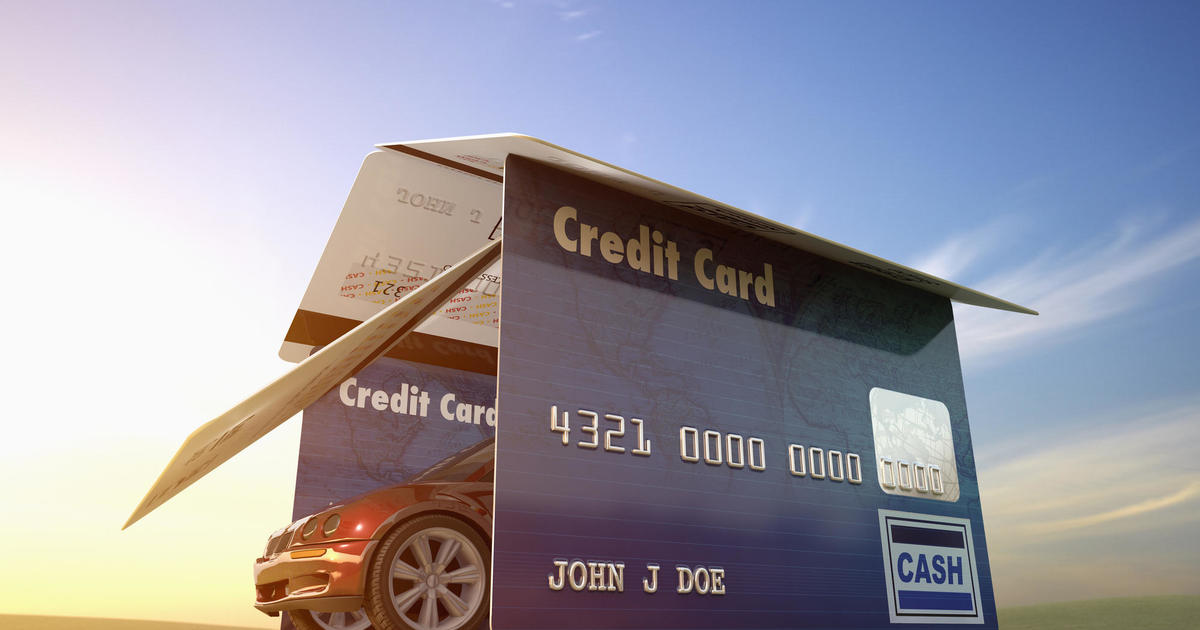The states where job ads produce "the sound of crickets"
Since the unemployment rate spiked during the recession, the country's policy makers have been eager to return to full employment. But employers in some states are finding out that too much of a good thing can be, well, not so good.
Colorado, North Dakota, Hawaii and Vermont are among the states with unemployment numbers that are considerably lower than the national average, which stood at 4.3 percent in May. In fact, Colorado is at the forefront of the country's new struggles with extremely tight labor markets, with a record-low jobless rate of just 2.3 percent the same month.
"It definitely creates challenges and more of a lag for filling vacant positions right now," said Alexandra Hall, the chief economist for Colorado's Department of Labor and Employment. "The majority of the 2.3 percent unemployment rate is probably what we call 'frictional unemployment.' You'll have a permanent level of frictional unemployment, no matter how healthy the unemployment rate is, because that's people moving from one job to another."
In Colorado, she said, "If you want a job, you can find a job."
Businesses in some states with these extremely low unemployment rates are struggling to keep their jobs filled. Will Lowry, who owns two burrito restaurants in Vermont, said the past year has been tough for finding new workers. He's had to scale down his restaurants' opening days to six from seven because of difficulty with finding qualified staff.
"I had a banner on my front window, saying 'Now Hiring'" as well as an ad in a local newspaper and Craig's List, said Lowry. "I got nothing but the sound of crickets for months, it seemed."
Lowry said he's increased his pay, although he notes that since he's a small business owner, he can't offer benefits. His businesses are located in and near Burlington, the state's biggest city, where there's stiff competition from other restaurants for food workers. He's found he now needs to offer a job on the spot because job candidates quickly get snapped up elsewhere. Even then, he said, it's not always enough.
"They would accept the job, and then they wouldn't show up," he said. "I would hear they had multiple other offers, and they would take the best offer."
Vermont, like several other states with extremely low unemployment rates, has a relatively small labor market, which adds to the difficulty employers face when seeking new workers. With 630,000 residents, Vermont is the second-smallest state by population, which means its 3.1 percent unemployment rate will equate to far fewer available workers than in Wisconsin, which has the same jobless rate but a population of 5.8 million.
While some employers are struggling to find workers, there are upsides to extremely low jobless rates. In some occupations and cities, wages are rising as employers boost pay to compete for talent, although higher pay may not be touching all industries given global competition and other issues.
"In general, it's absolutely true there's a relationship between the unemployment rate in cities and pay growth," said Andrew Chamberlain, the chief economist at employment site Glassdoor. "In low unemployment rate areas like San Francisco and Los Angeles, you do see faster pay growth."
He added, "This is a job seeker's market right now."
Glassdoor counts itself among the businesses competing for scarce workers, he said. "It's making it tough for us to grow and to take on new initiatives. That's a pattern we're seeing across the board in sectors that are having a hard time hiring."
Below are the 10 U.S. states with the lowest unemployment rates in May.
- Colorado (2.3 percent)
- North Dakota (2.5 percent)
- Hawaii (2.7 percent)
- Nebraska (2.9 percent)
- New Hampshire (2.9 percent)
- South Dakota (2.9 percent)
- Iowa (3.1 percent)
- Vermont (3.1 percent)
- Wisconsin (3.1 percent)
- Idaho (3.2 percent)



